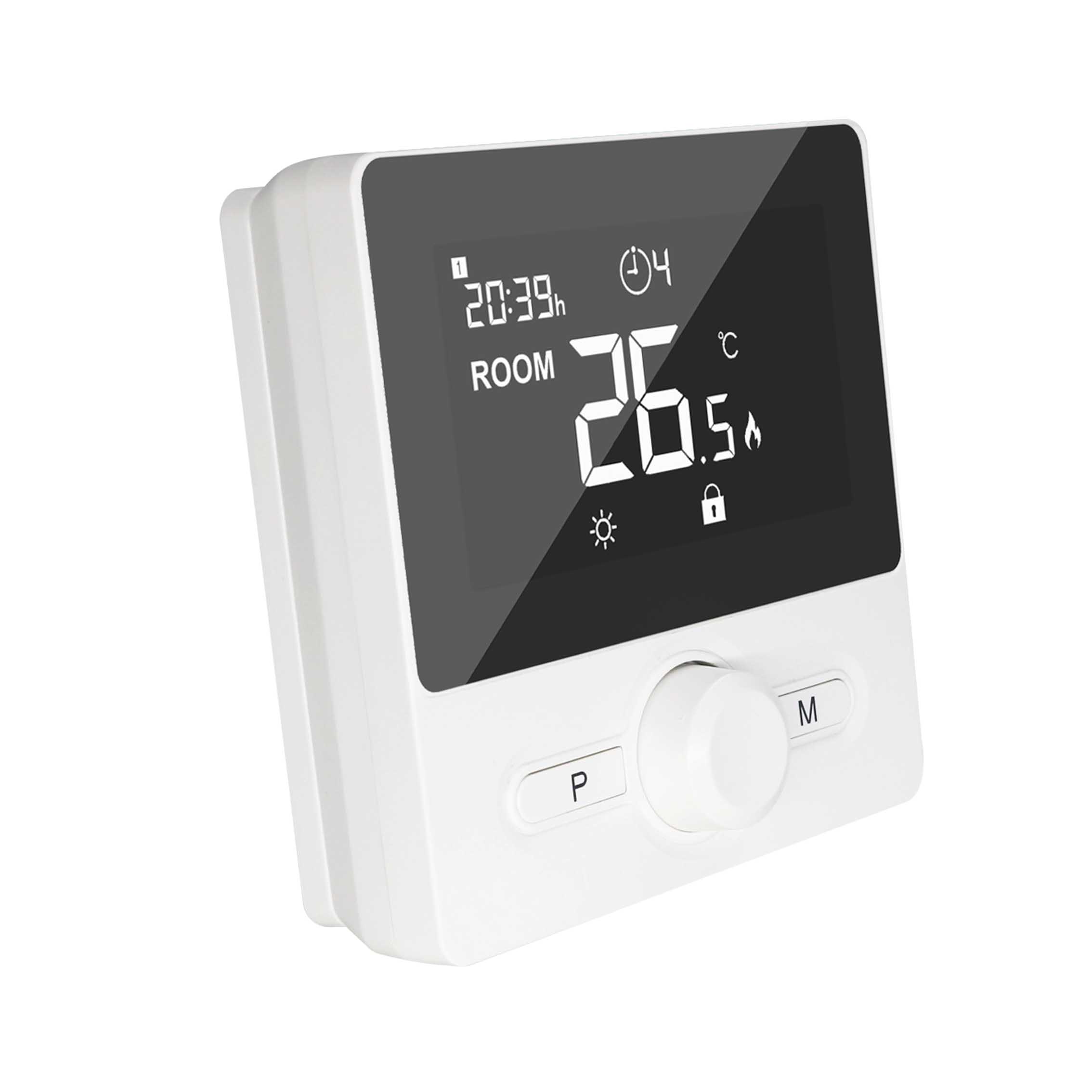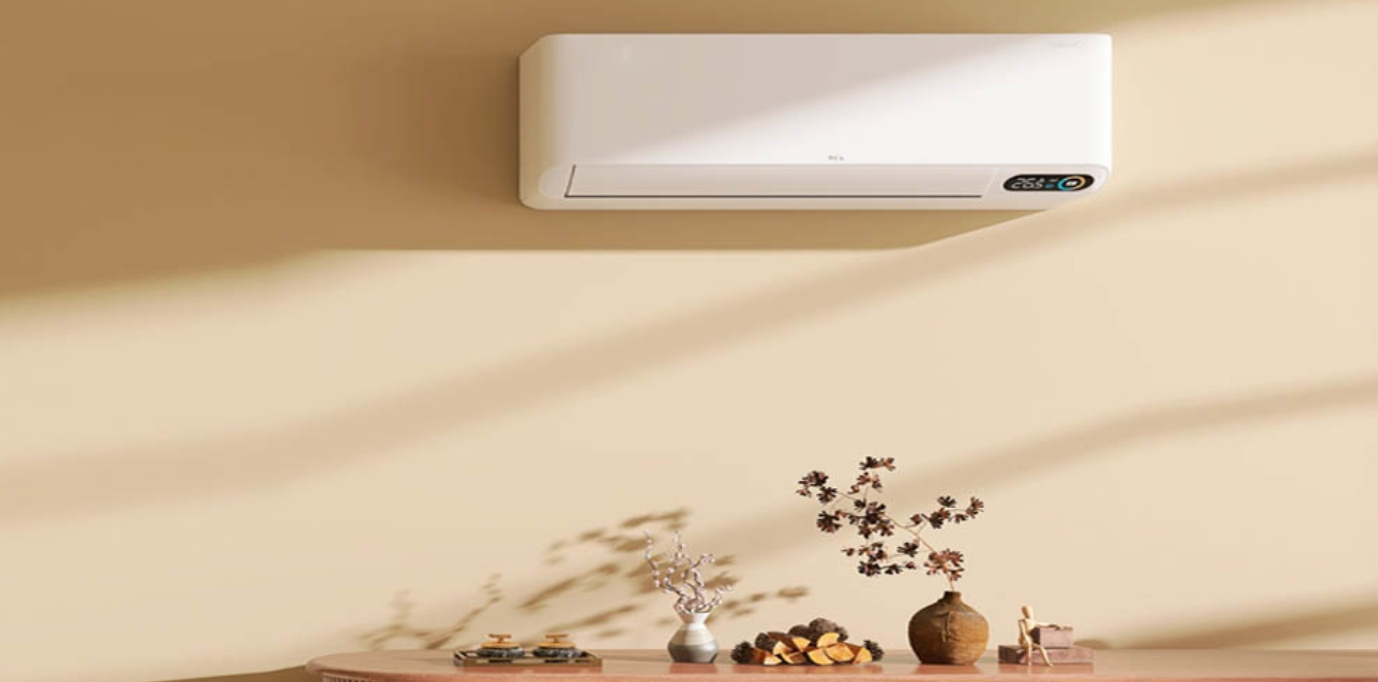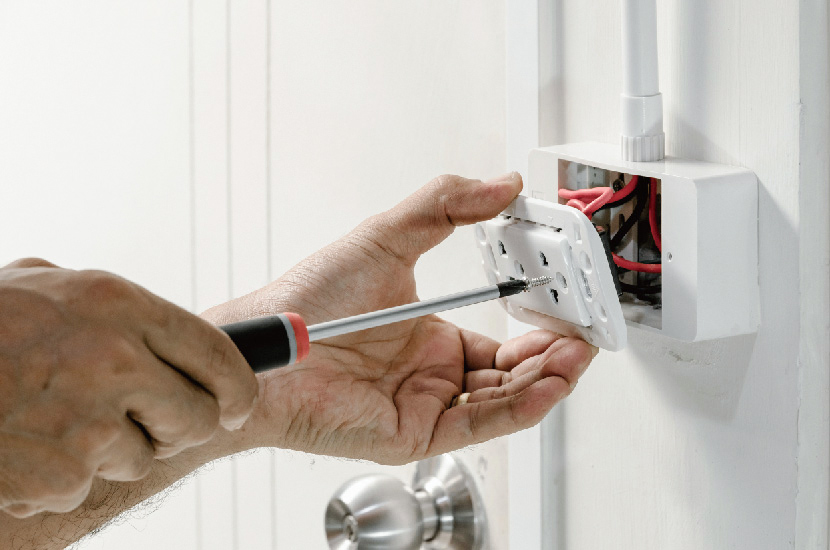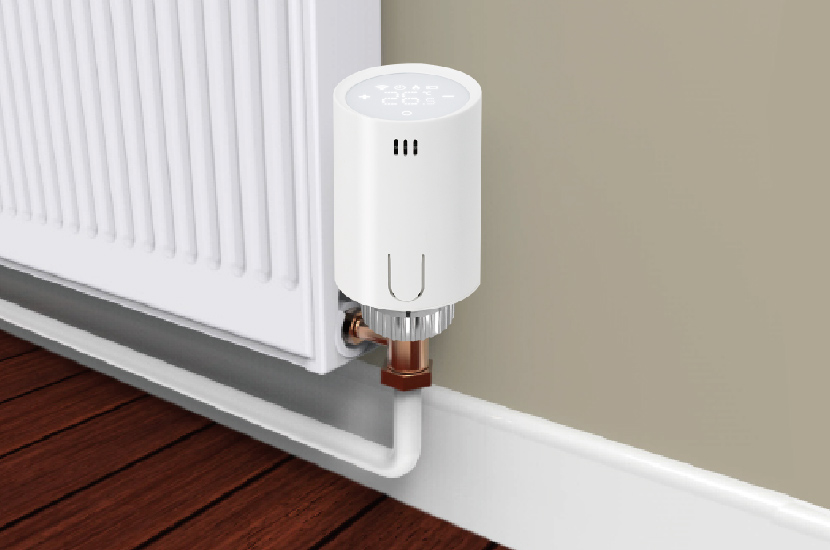What is a Boiler thermostat?
Featured articles
More from the category
A boiler thermostat is a crucial device that plays a vital role in regulating the temperature within a boiler system. Here’s a detailed explanation of what it is and how it functions:

Definition and Basic Function
At its core, a boiler thermostat is a control device designed to sense the temperature of the water or air that a boiler heats and then regulate the boiler’s operation to maintain a desired temperature. It acts as the “brain” of the heating system, constantly monitoring and adjusting to ensure that the heat output aligns with the user’s needs. For example, in a home heating system, it ensures that the radiators or under floor heating emit the right amount of warmth to keep the rooms at a comfortable temperature.
How It Works
Sensing Temperature: The thermostat is equipped with a temperature sensing element. This can be a bimetallic strip (in older, mechanical thermostats), which bends when heated due to the different expansion rates of the two metals bonded together. In modern digital thermostats, electronic sensors like thermistors are used. These sensors detect the temperature of the water leaving the boiler or the ambient air temperature in the case of some air heating boilers. Comparing and Signaling: Once the temperature is sensed, the thermostat compares it to the set temperature chosen by the user. If the measured temperature is lower than the set point, the thermostat sends an electrical signal to the boiler, instructing it to start heating. When the desired temperature is reached, the thermostat sends another signal to the boiler to stop or reduce its heat output. For instance, if a user sets the thermostat to 70°F (21°C) for their home’s heating, the boiler will start when the temperature drops below this level and shut off once 70°F is achieved.
Types of Boiler Thermostats
Mechanical Thermostats: These are the more traditional type. They are relatively simple in design and operation. As mentioned, they often use a bimetallic strip to control the flow of electricity to the boiler. They are reliable and inexpensive but may lack the precision and advanced features of newer models.
Digital Thermostats: Digital thermostats offer more accurate temperature control. They display the current temperature and the set temperature clearly on an LCD or LED screen. Many digital thermostats also allow users to program different temperature settings for various times of the day or days of the week. For example, you can set a lower temperature during the night when everyone is sleeping and a higher temperature in the morning before waking up.
Smart Thermostats: The latest generation of boiler thermostats, smart thermostats, can be connected to a home’s WiFi network. This enables users to control the thermostat remotely using a smartphone app, even when they are away from home. Some smart thermostats use artificial intelligence and machine learning algorithms to “learn” the user’s heating habits and preferences over time, automatically adjusting the temperature to optimize comfort and energy efficiency.
Importance and Benefits
Comfort: By maintaining a consistent and desired temperature, boiler thermostats ensure a comfortable living or working environment. Whether it’s keeping a home cozy in winter or maintaining the right temperature in a commercial building, the thermostat plays a key role. Energy Efficiency: A properly functioning thermostat helps to save energy. By only heating when necessary, it reduces the amount of fuel or electricity consumed by the boiler. Smart thermostats, in particular, are very effective at energy conservation as they can adapt to the user’s schedule and adjust heating based on real time conditions. This not only cuts down on energy bills but also reduces the environmental impact of heating.
System Longevity: Regulating the boiler’s operation helps to prevent it from overworking.
When a boiler runs continuously or cycles on and off too frequently due to a faulty thermostat, it can cause wear and tear on the components. A good thermostat extends the lifespan of the boiler by ensuring it operates under optimal conditions.













